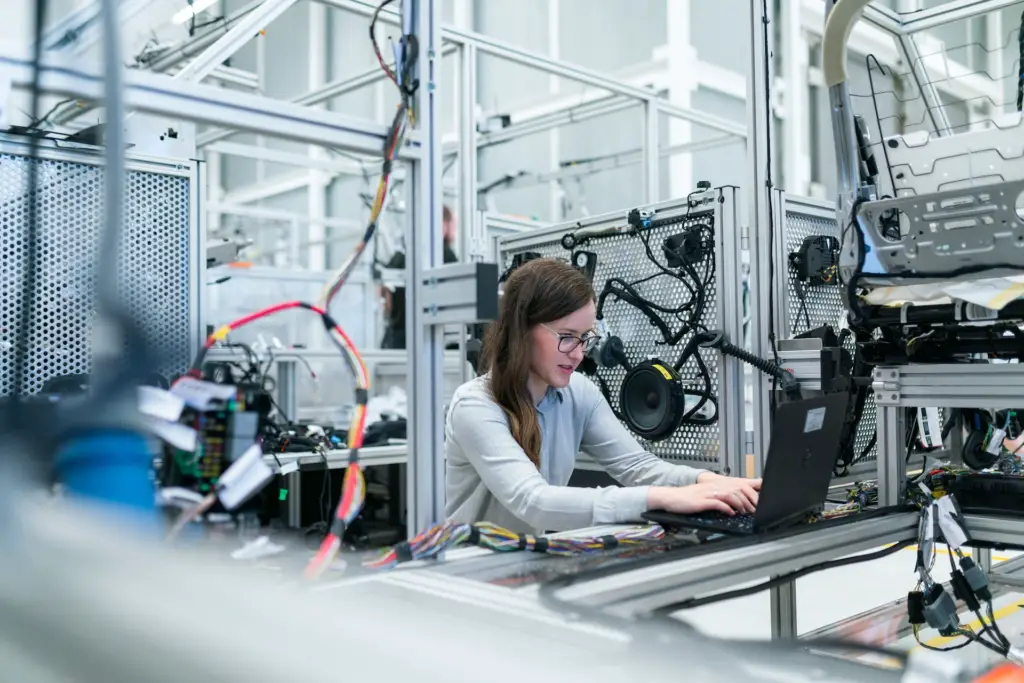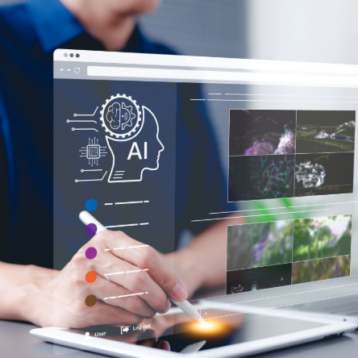Medical coding plays a crucial role in the healthcare industry. It includes converting medical findings, procedures, and treatments into standardized codes to ensure proper billing and reimbursement. At the same time, medical coding can be challenging due to its need for extreme accuracy, efficiency, and attention to detail. This is where artificial intelligence or AI technology can step in to take the healthcare industry to the next level.

Approximately 30% of healthcare centers still rely on manual medical coding for their records, billing, and reimbursement processes. This process is often inefficient, outdated, and inaccurate since it is challenging to know and understand the specific 55,000 diagnostic codes used by the International Standard for Medical Coding. Many institutions must seek expert coders or outsource coding operations to third parties. In contrast, AI software can optimize and streamline medical coding automatically.
Check out 6 ways that AI technology can revolutionize the field of medical coding.
1. Greater Accuracy
The biggest reason to use AI technology to automate medical coding comes down to accuracy. Coding errors can cause diagnosis entry, treatment, billing, or reimbursement mistakes that cost both a patient and a medical establishment. For example, in the financial realm of healthcare, a coding error means that a patient could receive an unnecessary treatment or get billed for a treatment that they didn’t receive.
From a healthcare standpoint, a mistake as simple as a two-digit modifier that is missing could result in a patient undergoing imaging in the wrong area of the body. This could result in an incorrect diagnosis, missed health warning signs, and cost both the patient and healthcare provider more time and money in the long run. Mistakes due to medical coding errors not only harm patients but can negatively impact an institution’s reputation.
In contrast, AI technology generates high-quality code that runs automatically, references medical records, and scans for errors much faster and more efficiently than a human can do these same things.
AI coding software employs machine learning to analyze medical records and extract relevant health and financial information. This includes diagnoses, treatment recommendations, and other procedural information. Even better, the program synthesizes, analyses, and crunches huge amounts of data in just seconds.
Automatically generated accurate codes not only decrease the likelihood of errors, they can lead to improved patient care. For this reason alone learning to use AI technology will likely become imperative for anyone learning how to become a medical coder in the future.
2. Improved Efficiency
Another way that AI is revolutionizing medical coding is by optimizing an organization’s efficiency.
An AI tool does this by automating many time-consuming and repetitive manual tasks involved with medical coding, from analysis to data entry. AI technology also speeds up the coding processes’ accuracy, thereby improving productivity.
Increased efficiency and productivity mean that healthcare providers can spend less time on administrative tasks and see more patients, which positively impacts a healthcare provider’s bottom line.
3. Cost-Effectiveness
One of the biggest ways that AI programs can impact medical coding is in the profit margin. Each year, healthcare institutions forfeit missions of dollars via common coding and claim processing mistakes.
Since AI technology automates the process and removes the need for manual data entries, this is a cost-effective solution. It can prevent errors, eliminate the need for repetitive manual tasking, reduce administration and labor costs, and save organizations a ton of money.
AI software can automatically identify, allocate, and advise about relevant codes by referring to the Electronic Health Record and other medical records in the system. It can also help improve patient processes, offer a better workflow, and give providers a competitive edge over institutions that still employ a manual process.When organizations use AI assistance for medical coding, healthcare providers free up more time and resources which they can then allocate to other important areas.
4. Decreased Healthcare Fraud
A great benefit of using AI medical coding is its capacity to identify and stop fraudulent activities, from upcoding or unbundling, that occur within healthcare systems. AI technology does this by analyzing vast amounts of medical claim data to discover unusual patterns that indicate fraudulent practices.
Detecting and preventing medical fraud helps institutions provide better care and save significant money by avoiding fines or legal action. It can also help patient trust that their healthcare provider will only charge them for necessary health services and medical services that they receive.
5. Increased Coding Regulation Compliance

It’s common knowledge that medical coding frequently experiences changes to guidelines and regulations. AI technology can help medical coders stay up to date with both standard and new coding mandates. This can help reduce traditional training costs while ensuring that all medical codes adhere to the required guidelines.
6. A Smoother Submission Process
High-quality AI technology can make medical coding submissions flawless by reviewing each document before it is submitted. When done well, AI gets rid of inefficient and expensive resubmission processes by conducting a thorough review and doing it right the first time.It also decreases the turnaround time for medical coding, avoids down coding, and proves accuracy.
Conclusion
Artificial intelligence technology is a prevalent trend in the healthcare industry that is changing the face of medical coding due to its seamless ability to analyze medical records, find errors, and automatically create optimal codes. As AI continues to evolve, experts expect it to improve efficiency, increase accuracy, and cut costs while providing more flawless service.
AI technology offers a competitive and cutting-edge way to streamline the medical billing process in a way that leads to higher engagement and satisfaction levels for physicians, hospital staff, and patients.










